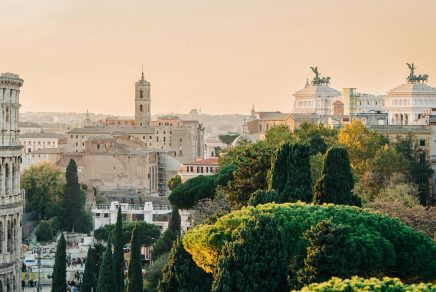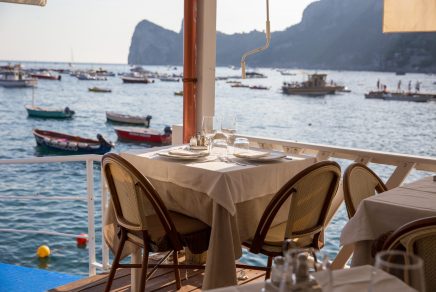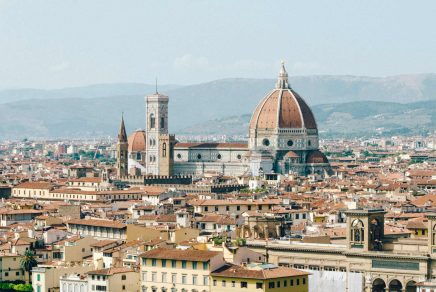Share the article
Lucca has a special magic. Nestled among rolling hills and just 30 km from the Tuscan coast, this enchanting city seems to have been designed for romance. Surrounded by towering, meticulously preserved 500-year-old walls, Lucca invites you to step back in time. With its cobbled streets, ancient towers and cosy, candlelit trattorias, this city embodies a classic Italian charm that enchants visitors from all over the world.
It would be hard to find a more authentic Italian experience than Lucca.
Getting to Lucca, Tuscany
Driving up to Lucca feels like entering a storybook. The city’s magnificent walls rise around you, enclosing a pedestrian-only center brimming with cobblestone streets and Renaissance architecture. Though locals can drive in certain areas, visitors should steer clear—literally.
Most of Lucca is best explored on foot or by bike, letting you wander its romantic streets without risking a hefty fine. For those arriving from afar, the city is accessible by train or bus, making it a convenient stop for any Tuscan adventure.
What to see in Lucca, Tuscany
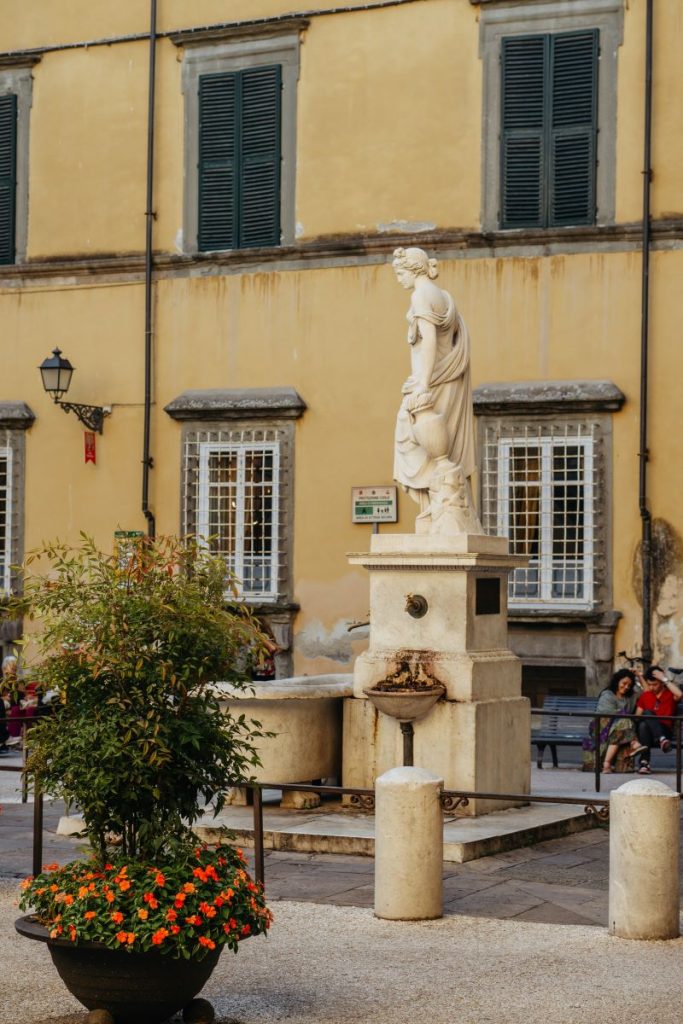
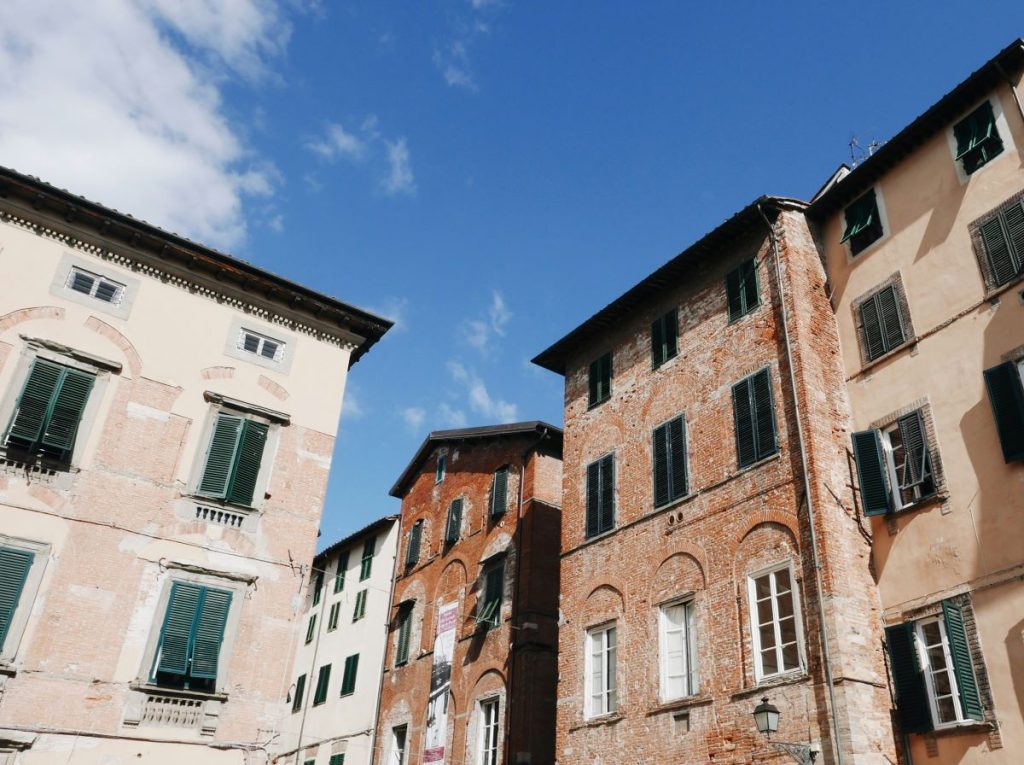
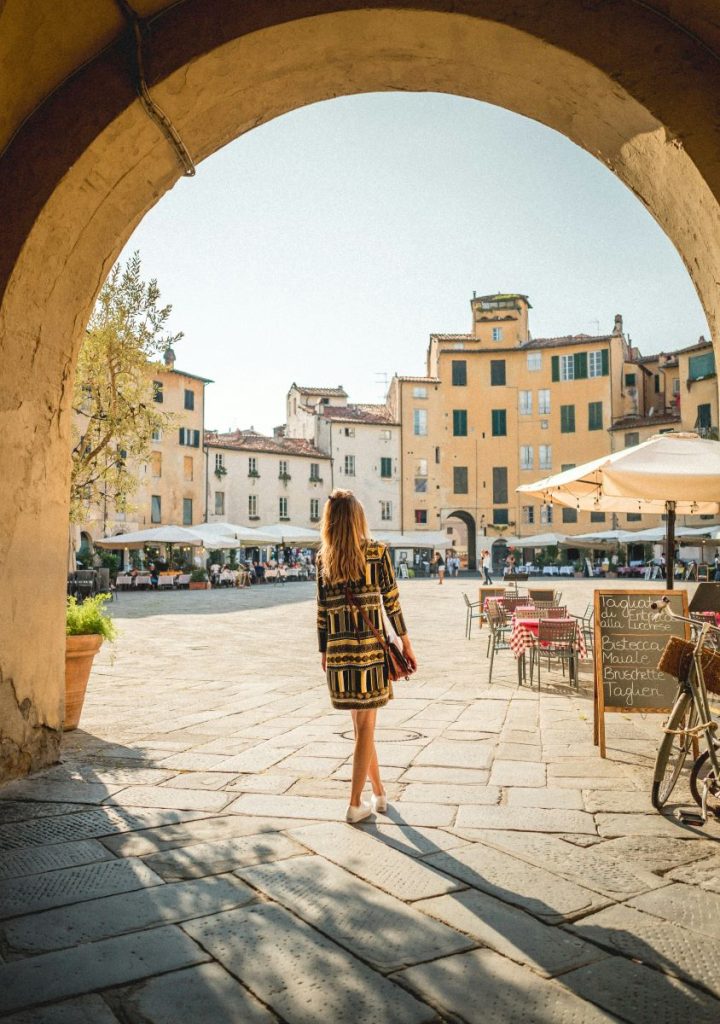
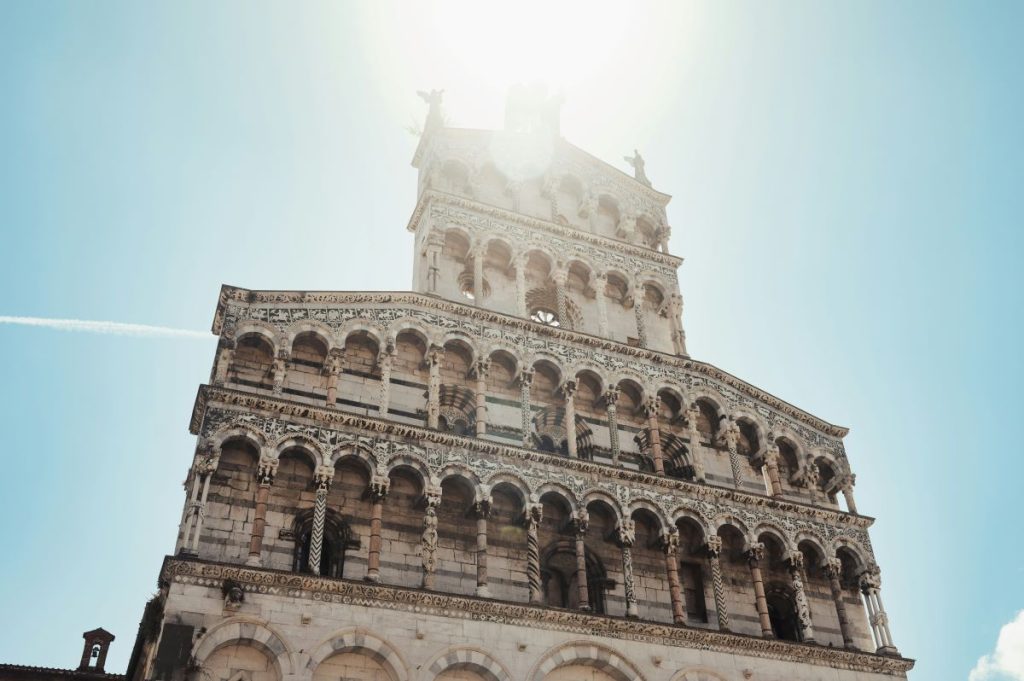
Lucca’s artistic and architectural beauty is famous across Italy, and each corner holds a unique surprise. Start exploring at Piazza dell’Anfiteatro, a stunning circular square built over a Roman amphitheater from 180 A.D. In the center, a stone cross marks the exact spot where four ancient entrances intersect—a reminder of Lucca’s Roman past.
Head next to Chiesa di San Michele in Foro, a beautiful 12th-century church adorned with intricate marble carvings. Local legend says that, in certain light, the statue of St. Michael on top emits a green sparkle. People believe an ancient emerald is hidden within the statue, yet to be discovered.
For those who enjoy a good climb, visit Torre Guinigi, one of Lucca’s few remaining medieval towers. The 225 steps lead to a rooftop garden with ancient oak trees and stunning views. From the top, take in panoramic sights of Lucca, the Apuan Alps, and, on clear days, even Pisa.
Continue on to the Duomo di San Martino, Lucca’s famous cathedral. This Romanesque-Gothic masterpiece houses the revered Volto Santo, a wooden crucifix that draws pilgrims from around the world. According to legend, the cross was carved by Nicodemus, a Gospel figure, making it a deeply significant relic.
For a different perspective, rent a bike and ride along Lucca’s famous Renaissance walls. The walls, broad enough for two passing cars, offer an elevated path encircling the city. Along the way, stop at the tree-lined pathways and small parks where locals gather for strolls—a peaceful retreat above the bustling streets.
Finish with a visit to Palazzo Pfanner, a historic mansion with manicured gardens and elegant Baroque architecture. Once a noble residence, the palace is now open to the public, showcasing restored frescoes and statues. Strolling through these gardens offers a moment of serenity.
Lucca’s beauty and rich history unfold at every turn. Each sight—from hidden emeralds to gardens in the sky—captures Tuscany’s romantic spirit. This is a city to savor, inviting travelers to return again and again.
What to eat in Lucca, Tuscany
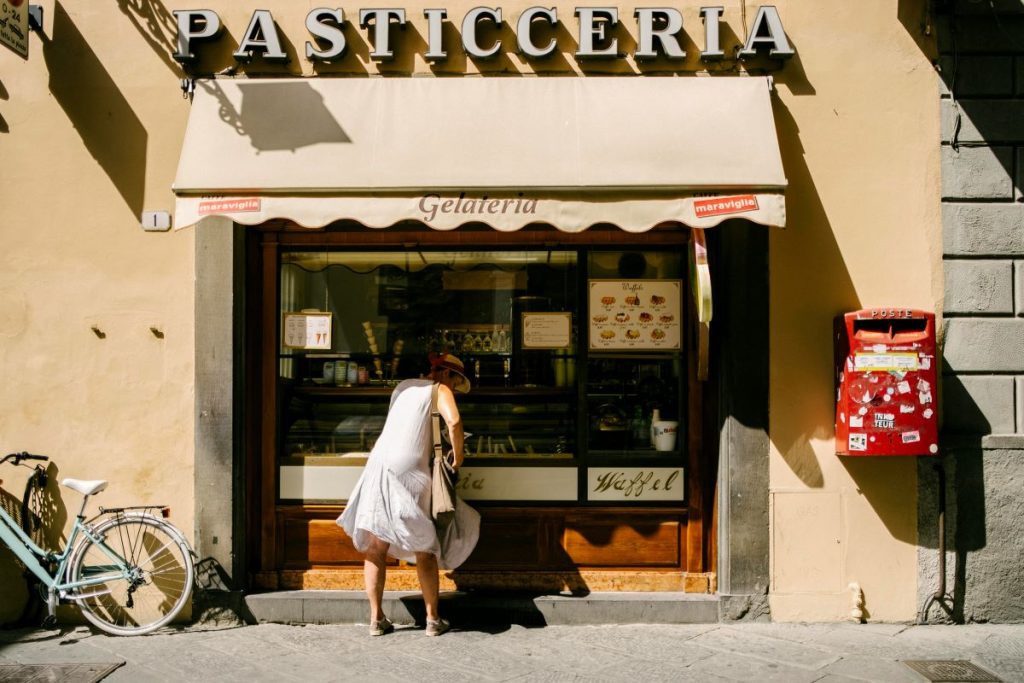
When hunger calls, Lucca’s culinary treasures await. This city’s local cuisine is brimming with flavors rooted in tradition and local produce. Taste tordelli, a stuffed pasta with savory meat sauce that resembles ravioli (but calling it that might raise an eyebrow or two). Another specialty is castagnaccio, a delicate crepe-like treat made from chestnut flour and filled with creamy ricotta. In the spring, sample garmugia, a hearty soup with fresh vegetables and ground beef, or farinata, a traditional soup of black cabbage, beans, lardo, and cornmeal, embodying Lucca’s rustic flavors.
Lucca’s restaurants offer endless options for sampling these local delicacies, especially in the evening when the city truly comes alive. Find a candle-lit table outdoors, settle in with a glass of red wine, and enjoy a night filled with delicious food, great company, and the soft, inviting glow of the city.

